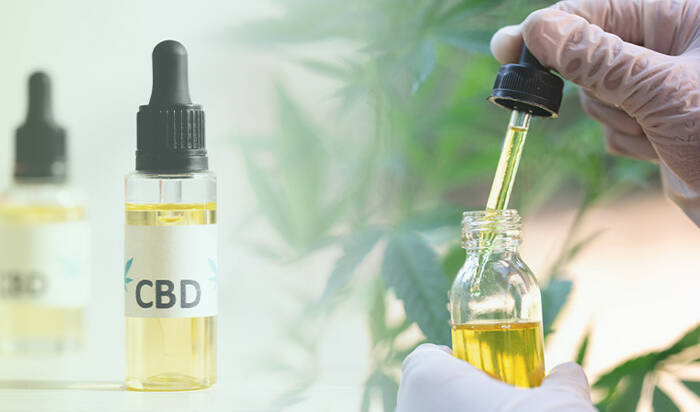A New Mexico Company Says It’s Developed an All-Natural Pesticide for Microbial-Free Cannabis
The technology is electrolysis, a method for creating chemical reactions that would otherwise not happen in nature. It’s a process that scientists at Los Alamos, working to disinfect drinking water, introduced almost 30 years ago as a natural alternative to chlorine.
“We do biomimicry, meaning we replicate what happens in nature … when the body is trying to fight off pathogens,” explains Carlos Perea, CEO of the Albuquerque-based cannabis startup, Terra Vera. The company is adapting the Los Alamos process to fight pathogens in agricultural crops – cannabis in particular.
In fact, during cultivation, cannabis be plagued by a whole range of pathogens, like E. coli, Aspergillus (mold), salmonella bacteria, fungus and mildew – especially powdery mildew. These pathogens can explode in number when cannabis cultivation is moved indoors.
Perea says that he and his cofounder amd CTO Justin Sanchez founded Terra Vera in late 2019 out of “the belief that we could eliminate the need for some of the toxic [chemical] pesticides we think are harming our environment and poisoning our food supply.”
Perea comes to Terra Vera from a company called Miox, where he first witnessd efforts to adapt the Los Alamos technology to produce clean drinking water. Under his leadership, Miox worked in 27 countries, including regions suffering extreme poverty and natural disasters. Perea then sold the company and moved on to become operations manager for a major cannabis company. But Miox was still in his thoughts. So Perea went back to the company and said, “We’re killing viruses and bacteria in water; there’s got to be some similarity to doing this agriculturally.”
Cannabis-focused Terra Vera put that goal into practice. The science behind its process starts with the fact that when the human body fights off pathogens, it produces chemistry based on inert salts and amino acids already in the body. Terra Vera’s technology replicates this natural process by producing an all-natural liquid that can be sprayed on plants. The Terra Vera solution, Perea claims, creates no toxicity for cultivators – meaning no need for respirators and no damage to HVAC systems and surfaces.
The efficacy of Terra Vera’s product is of course the next question, and, here, Perea speaks of efforts by University of the West Indies researchers to verify its technology. Those researchers, he says, are motivated by their region’s negative experience with traditional pesticides.
What Perea can say with authority at this early stage is that his product is safe and relatively cheap – costing “a couple of dollars” per gallon and applicable to household plants (though his market is cannabis-based only). He says his clients include major cannabis companies.
Perea can also can speak to the problems of irradiation and traditional chemical pesticides. Oils, he says, are organic but mostly ineffective. And chemical pesticides may be carcinogenic. He poinnts in particular to a brand Eagle 20. Lawsuits filed in 2015 against a Colorado company producing the fungicide argued that when it is applied to marijuana that is burned, as in vaping, a chemical called myclobutanil gives off toxic hydrogen cyanide gas.
Colorado in 2015 had no cannabis-testing requirements outside of the one for THC in hemp. But just last month, the state announced new and stringent testing requirements for a long list of hemp contaminants. Also cracking down on contaminants in both hemp and marijuana, Perea says, are states like Nevada and Massachusetts.
But with 30 states in all now legal for cannabis in some capacity, and with the FDA offering no release date for federal cannabis regulations, current testing is woefully insufficient. “The states are left to their own designs to determine what is allowable and what they are going to test for,” Perea says.
The bottom line: Now is the time for new natural alternatives to chemical pesticides – natural alternatives like the one Terra Vera offers, assuming it works.
If that happens, the result could be much more safety at all levels of the cannabis chain. Says Perea: “I like to tell people there are only two problems with cannabis: One, it’s too expensive [for consumers], and, two, it’s too inconsistent.”
Because product consistency is key. After all, no one wants to buy from a dispensary selling mold- or microbe-infested weed.




